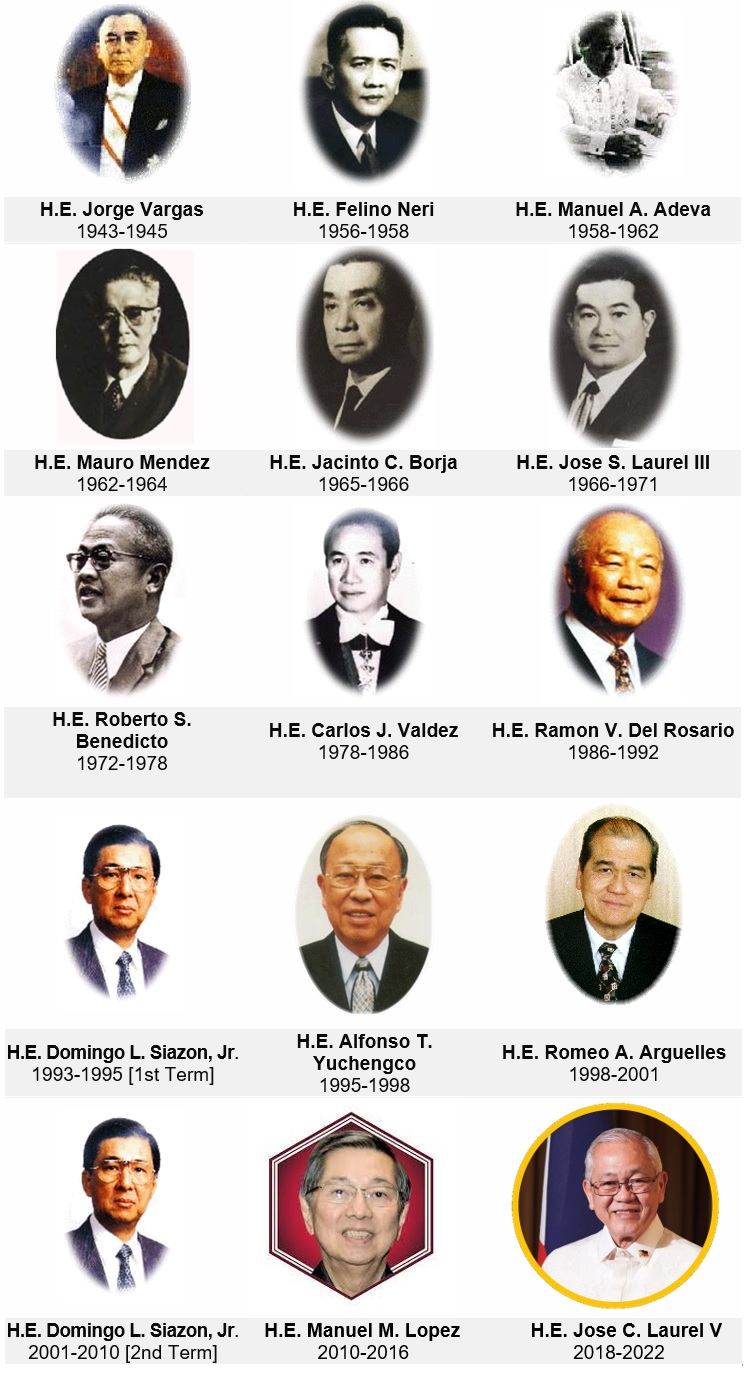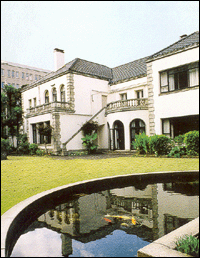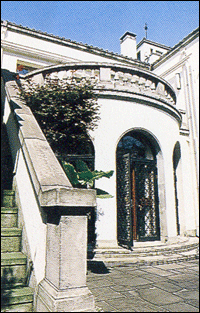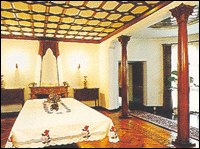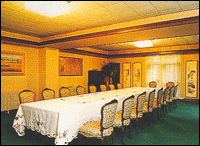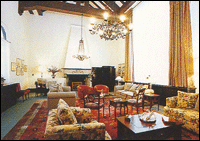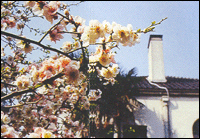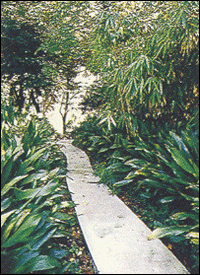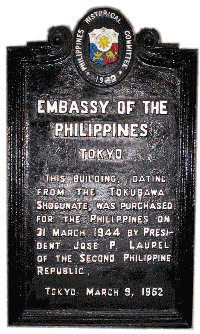-
Details
-
Category: The Embassy
The Philippine Embassy in Tokyo
The Embassy of the Republic of the Philippines in Tokyo, Japan is one of the largest and busiest posts in the Foreign Service of the Philippines. It is represented by seven (7) important agencies of the Philippine government, namely, the Department of Foreign Affairs (DFA), Department of National Defense (DND), Department of Trade and Industry (DTI), Department of Tourism (DOT), Department of Agriculture (DA), the Department of Labor and Employment (DOLE) and the Overseas Workers Welfare Administration (OWWA).
The Embassy of the Republic of the Philippines is committed to its mission of advancing the interests of the Philippines and the Filipino people in partnership with a close and friendly ally such as Japan. The Embassy continued to pursue the main foreign policy objectives of the country revolving around the core pillars of promoting national security, development, diplomacy, the promotion of the welfare of Filipinos overseas, as well as cultural and public diplomacy and, pursuant to the foreign policy directive of the Philippine President, in recognition of the importance of Japan and its relationships with developed and developing countries in influencing the security situation and economic evolution of East Asia.
Moreover, Japan is home to approximately 200,000 Filipinos. These countrymen, working mostly in the entertainment, maritime, and information technology sectors inevitably impact on various aspects of Japanese society.
The Political Section
The Political Section of the Embassy covers the following areas: Japan’s domestic political developments, Philippines-Japan relations, Japan-Third country relations, Japan’s participation in regional/multilateral organizations, the Manila Club Ambassadors, candidatures, and Philippine participation in various Tokyo-held conferences/seminars.
Economics Section
The Economics Section monitors and covers the areas of Official Development Assistance (ODA), Bilateral Economic Concerns, Regional Multilateral Fora (mainly ASEAN Committee in Tokyo activities), developments in the Japanese Economy, and represents the Embassy in various relevant meetings, conferences, seminars, briefings and other related activities.
Cultural Section
The Cultural Section is tasked to plan, implement and monitor programs and projects in line with the government’s thrust on the promotion of culture and the arts, and the development and advancement of education, science and technology. It is also tasked to promote and maintain close relations with the Filipino community through active participation in various Filipino community-sponsored activities.
Administration Section
The Administrative Section provides general support services to the activities of all the offices and sections of the Embassy including handling of mails, maintenance of vehicles, records management and property management.
Consular Section
The Consular Section provides the necessary consular services and assistance to Nationals. These services cover the issuance of passports, visas and various legal documents. For more information on our various consular services, please check the Consular Section site.
Office of the Philippine Defense and Armed Forces Attache
In the absence of bilateral security agreement between Japan and the Republic of the Philippines, the primary concern of the Office of the Philippine Defense and Armed Forces Attache (OPhilDAFA), Japan is focused mainly on activities enhancing relationship between the two countries’ defense and armed forces.
The Philippine Defense and Armed Forces Attache (PhilDAFA), Japan, assigned at the Embassy of the Republic of the Philippines in Japan, is the senior representative of the Chief of Staff, AFP and of the Secretary of National Defense. He is primarily tasked to do all liaising activities and coordination with the different offices and departments of the Japan Defense Agency (JDA) and the Japanese Self-Defense Forces (JSDF). The PhilDAFA is also the point of contact between the two countries’ other defense- and security-related agencies, such as the Japan National Police Agency (NPA), the Public Security Investigation Agency (PSIA) — the counterpart of the National Bureau of Investigation (NBI), and the Cabinet Intelligence and Research Office (CIRO) — the counterpart of the National Intelligence and Coordinating Agency (NICA).
Philippine Overseas Labor Office
The Philippine Overseas Labor Office undertakes activities facilitating workers employment and promoting the welfare of Filipino workers in Japan. This is in line with the mandate of the Labor Code for the Foreign Service to:
-
-
- provide all Filipino workers within their jurisdiction assistance on all matters arising out of employment; insure that Filipino workers are not exploited or discriminated against;
- verify and certify as requisite to authentication that the terms and conditions of employment in contracts involving Filipino workers are in accordance with the Labor Code and rules and regulations of the Overseas Employment Development Board and National Seamen Board;
- make continuing studies or researches and recommendations on the various aspects of the employment market within their jurisdiction;
- gather and analyze information on the employment situation and its probable trends, and to make such information available.
Philippine Tourism Office
The Philippine Tourism Office in Tokyo is in charge of promoting the Philippines to the Japanese overseas travel market. This responsibility is in support of the Department of Tourism’s mission to develop tourism as a major socio-economic activity to generate foreign currency and employment and to spread the benefits of tourism to both the private and public sector.
To achieve this mission, DOT Tokyo devises integrated marketing and promotional activities such as information dissemination, public relations, special events, and related tourism programs. Among the activities of DOT Tokyo are:Participating in major tourism fairs and conferences
- Organizing the Philippine Tourism Sales Mission to major cities in Japan
- Conducting sales calls and presentations
- Organizing familiarization tours for the Japanese travel trade and media
- Producing tourism promotional materials in Japanese



